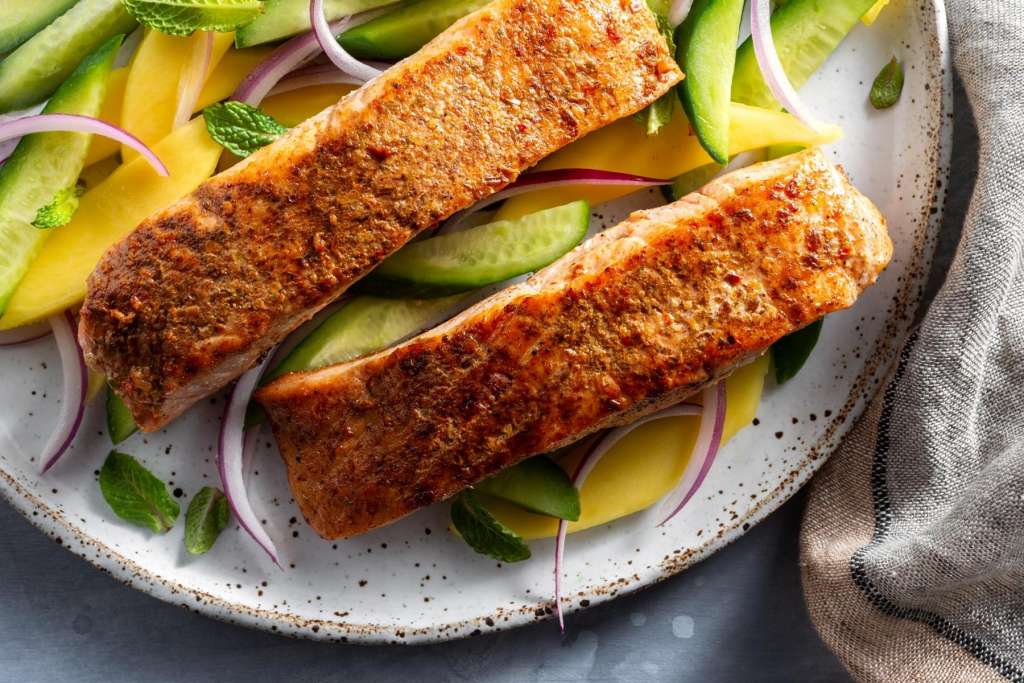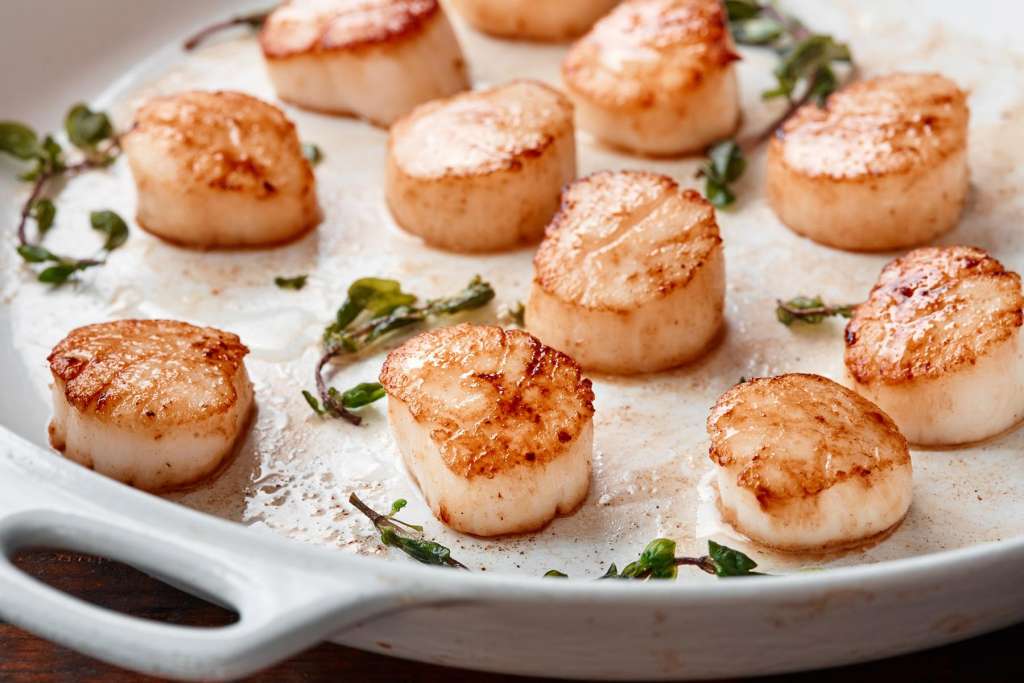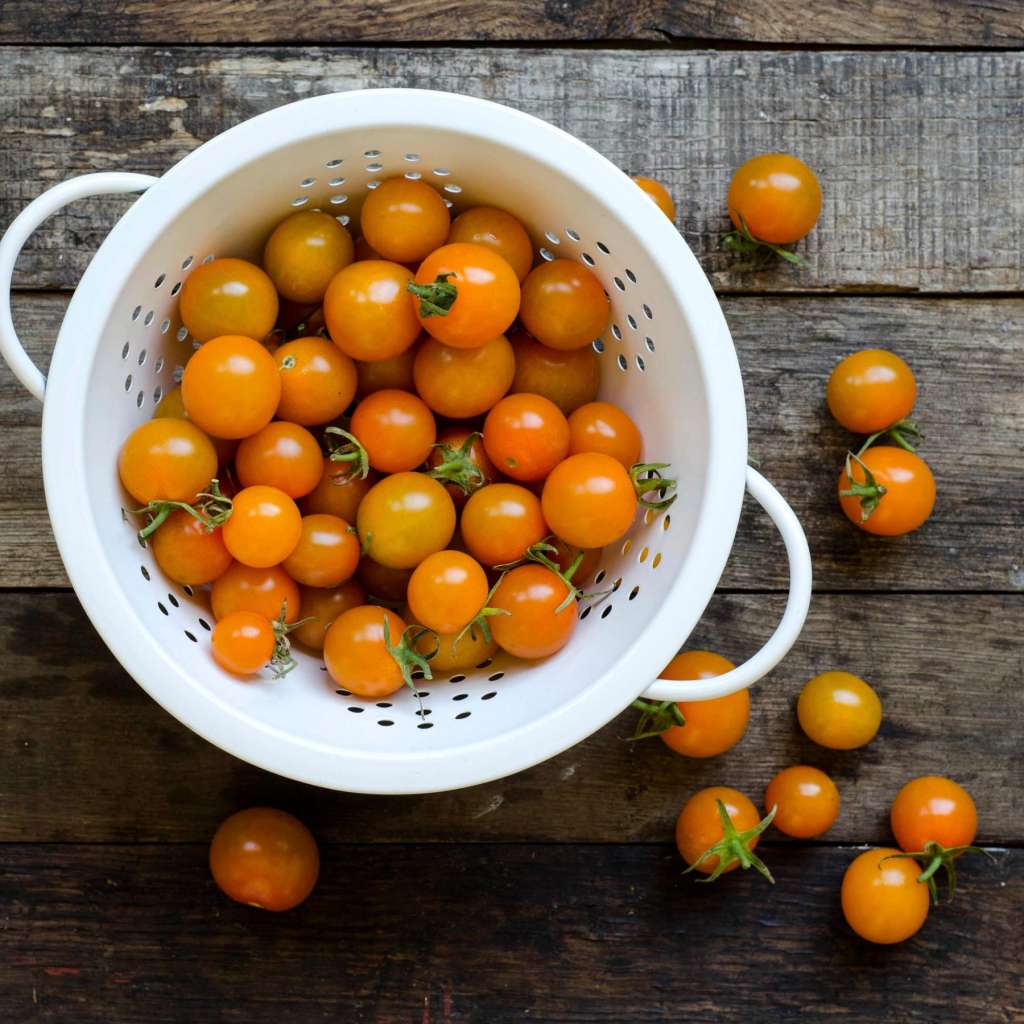Our Executive Chef of R&D and resident knife nerd, Alan Li, walks us through the steps of keeping a sharp edge.
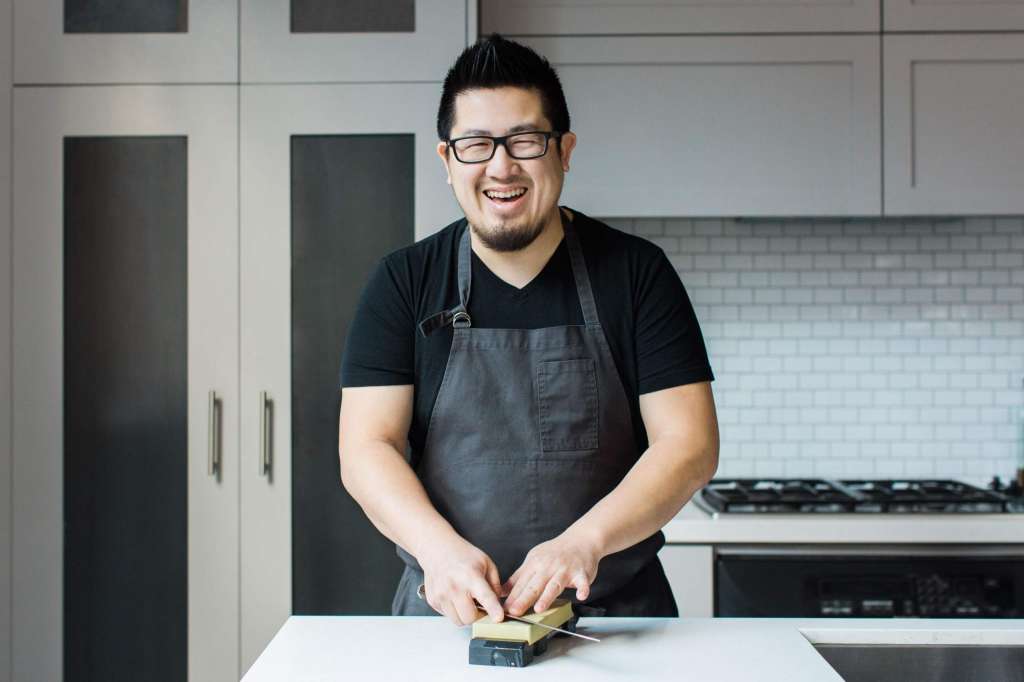
Forget about gadgets and shiny appliances, the most important tools in your kitchen are your knives. Learning to care for them properly is a skill worth cultivating. Geek alert: Li is a fanatic about his knives and his instructions are admittedly hardcore.
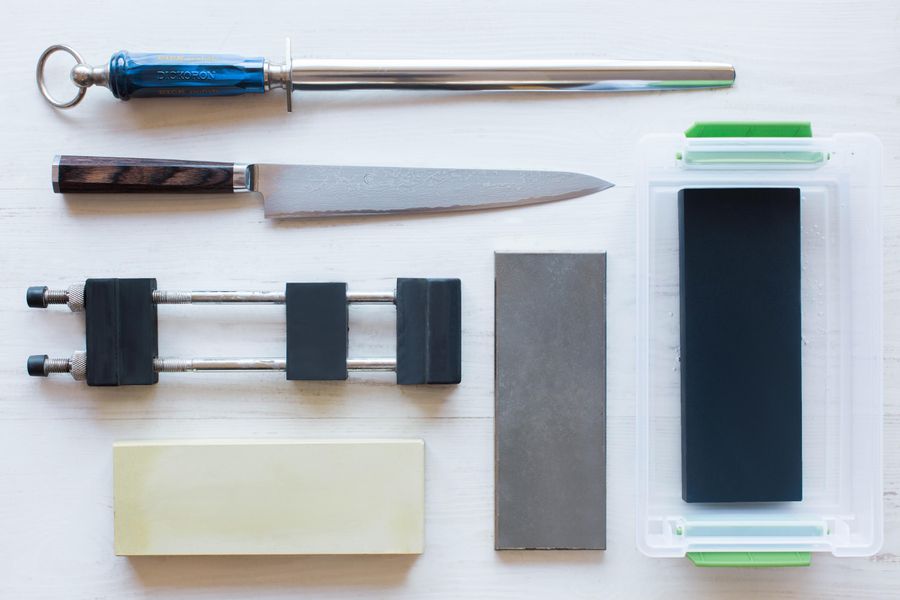
Equipment (clockwise from the top)
- Honing steel
- Soaking tub and whetstone
- Stone flattener
- Polishing stone
- Stone holder (a wet towel is a good substitute)
- Knife
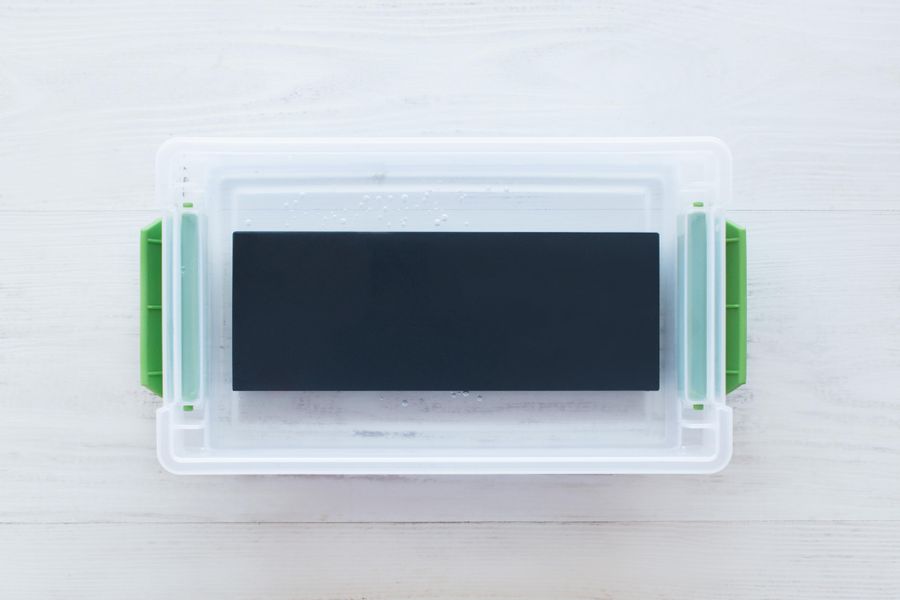
Get it wet
It’s called a whetstone for a reason. Soak your stone for at least 30 minutes before using, making sure that it’s thoroughly saturated. A dry stone can nick the blade.
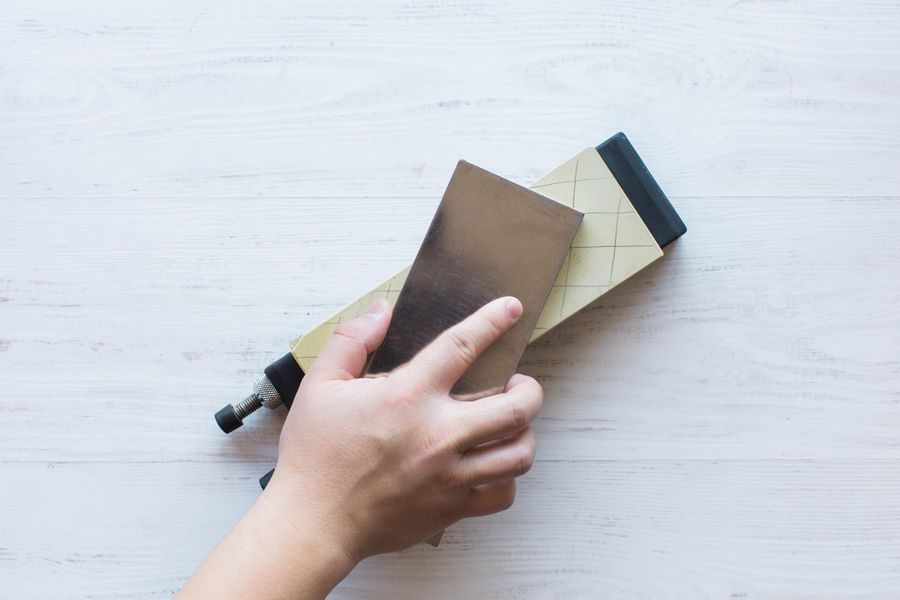
Keep it flat
If you’re sharpening your knives on a regular basis, you’re going to wear down your whetstone pretty quickly. To keep it uniformly even, you’ll need a flattener.
Begin by marking lines on your stone with a pencil. (This will determine if your flattener has smoothed that part of the stone. Once flattened, the pencil marks will wear away.)
Working under running water, move the sharpening stone over the flattening stone in a random circular motion. You’ll notice the lines from the outside edges disappear from the outside edges of the waterstone first indicating that the middle of the stone is more dished than the perimeter of the stone.
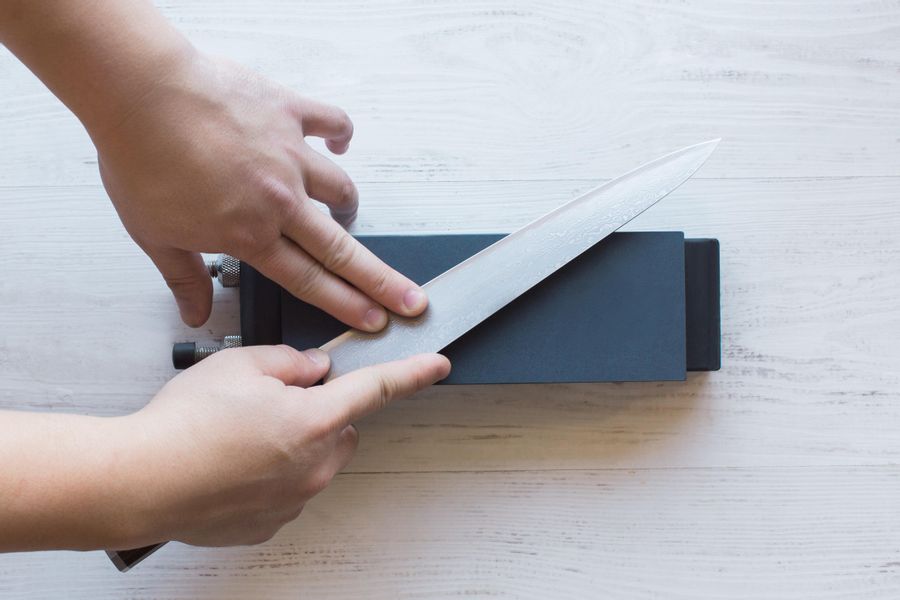
Get it sharp
Keep the blade at a 15 to 20 degree angle as you pull the knife across the stone.
Press your fingers firmly just above the knife edge and push the blade along the stone and back. Repeat no more than 4 times per section until you reach the knife tip. Rinse the knife and look at the edge of the blade. It should be evenly covered in scuff marks. Add more water to the stone as necessary.
To check if the blade is sharpened, carefully run your thumb perpendicular to the edge of the blade–when you can feel the burr from handle to tip, that side is sharp. Turn the knife over and sharpen the other side. (Safety tip: do not run your finger parallel to the blade.)
To remove the burrs, rinse the knife and drag its edge along a cork or a tightly rolled, dry paper towel until it leaves no grey marks.
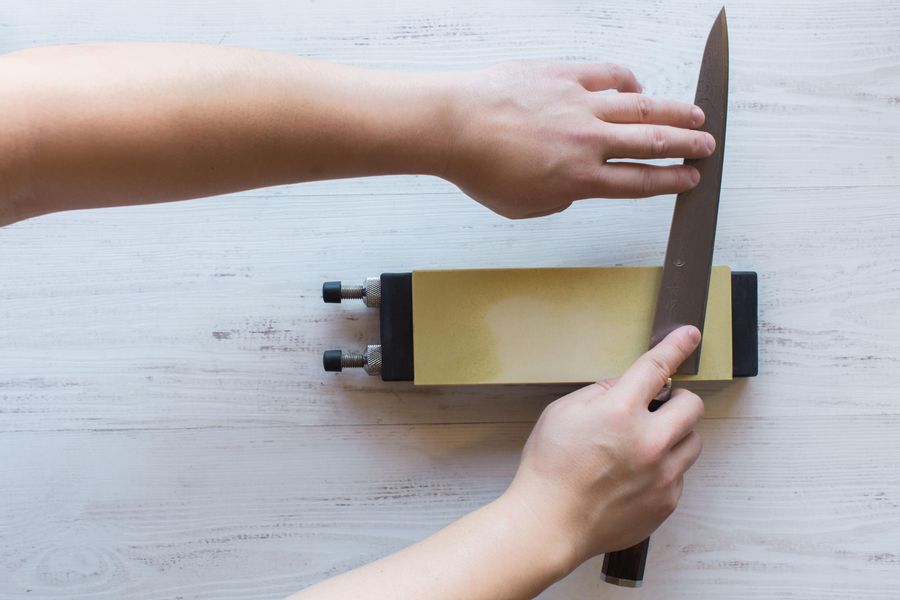
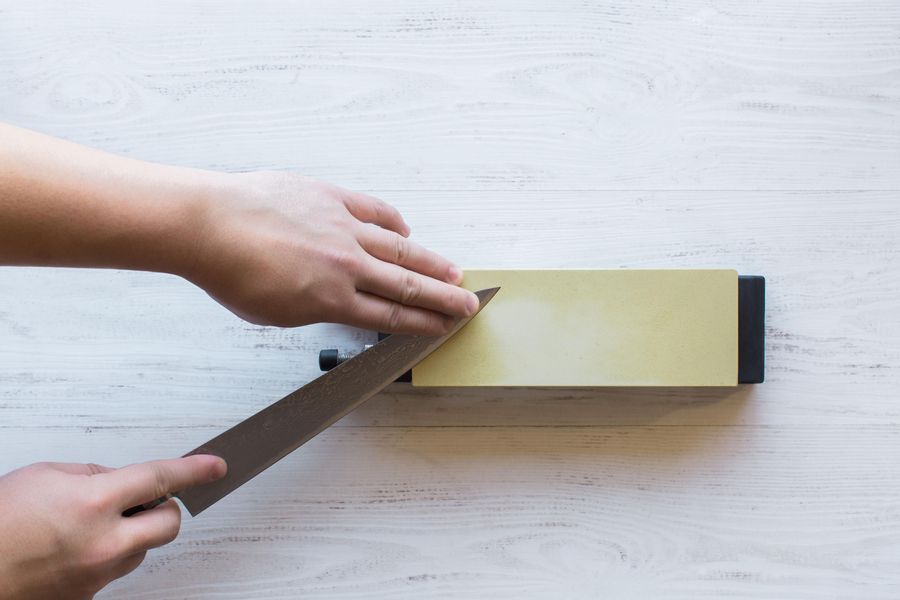
Keep it polished
Replace the sharpening stone with the polishing stone and wet it thoroughly. Place the knife on the far side of the stone, same angle as before, with the edge facing away from you. Starting at the heel, using minimal pressure, pull the knife edge along the stone in one smooth motion until you reach the tip. Flip the knife over and repeat for the other side. Continue alternating sides until the knife glides easily through a potato. This will help remove any scratches from the edge of the knife.
Remove the burrs one last time. Wash and dry. Done.
Stay sharp
-
Hone your knife on a steel before and after every use. Use light strokes with minimal repetitions (3-4 per side max). Don’t go nuts like the chefs on television do. That’s theater, not cooking.
-
Polish your knives regularly, about once a week, and you will only have to go through the entire sharpening process once every four to six months depending on how much you use your knives.
If you’re not quite as fanatical about your knives as Alan is, find a reputable knife sharpener near you. It’s typically not expensive, doesn’t take long, and you’ll appreciate the difference a sharp knife makes.
